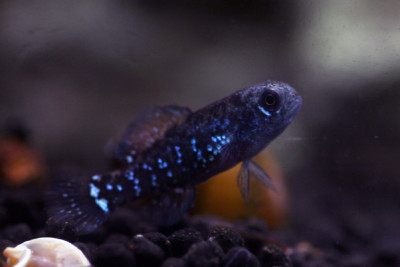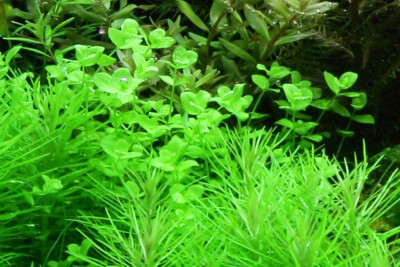alligator snapping turtle
| Family | Chelydridae |
|---|---|
| Genus | Macrochelys |
| IUCN category (World) | VU |


Introduction
Macrochelys temminckii, commonly known as alligator snapping turtle, is a fresh water reptile from the North America.
This sheet is currently being prepared. The texts currently proposed come from our data model or are being drafted. To request priority for this content, you can write to us HERE.
Who is it?
Morphology
-
Type
-
Size65 - 80 cm
-
Weight75 - 100 kg
-
Mimicrymud
-
Longevity70 year
-
Type
-
Size65 - 80 cm
-
Weight75 - 100 kg
-
Mimicrymud
-
Longevity70 year
How to recognize This reptile ?
The alligator snapping turtle measures between 65 and 80 cm. This reptile is unicolore with a predominantly marron body.
Behaviour & Life cycle
-
Sociabilitysolitary
-
Way of livingdiurnal
-
VenomousNo
-
Dietpredator
The alligator snapping turtle hunts in the stalk and is one of the predators of its biotope. Opportunistic, it does not hesitate to attack any smaller animal nearby.
The alligator snapping turtle is a reptile solitary naturally found on the bottom. This species is carnivorous .
Although the alligator snapping turtle is non-territorial, it is sometimes aggressive towards other species. It also shows signs of aggression towards its conspecifics.
Reproduction
-
Reproductionovipare qui enfouit ses œufs
-
Clutch size10 - 50 eggs
The alligator snapping turtle is a reptile ovipare qui enfouit ses œufs.
Harmless species
This species does not represent any particular threats to humans when encountered in its natural environment.
Origin and distribution
Conservation status of populations (IUCN)
What is its habitat?
Natural environment characteristics
-
Temperature20 - 28 °C
Biotope presentation
The acidification of water comes from the decomposition of plants. This phenomenon changes the color of the water, which tends to turn brown. In some areas particularly rich in organic matter, the water is so dark that it is called "black water".
This animal evolves in areas characterized by a strong presence of vegetation (aquatic and marsh plants, decaying organic matter, roots...).
This species lives near large roots, in which it can find refuge in case of danger. This type of habitat is often found not far from the banks.
Species of the same biotope
Fishkeeping
Not recommended
We do not recommend keeping this species in an aquarium. It has unpredictable needs which, if not met, generate significant stress, potentially leading to a shorter life expectancy, an interruption of its growth or the development of pathogens.
To go further
Sources & Contributions
Participation & Validation
The Fishipedia team and specialist contributors are committed to providing high-quality content. However, although the information comes from scientific sources or testimonials from specialists, the cards may contain inaccuracies.

Adrien Falzon

Benoit Chartrer
Translation
Translation done with the valuable contribution of our translators, who make this information available to a wider audience. We sincerely thank them for their commitment.
Bibliographic references
- - GBIF
- - Skeletal development of Macrochelys temminckii (Reptilia: Testudines: Chelydridae) - Christopher A. Sheil - WILEY - 2004.
- - Food Habits of Macrochelys temminckii (Alligator Snapping Turtle) from Arkansas and Louisiana - Ruth M. Elsey - bioOne - 2006.
- - Status and Distribution of the Alligator Snapping Turtle, Macrochelys temminckii, in Oklahoma - J. Daren Riedle - Paul A. Shipman - Stanley F. Fox - David M. Leslie, Jr. - JSTOR - 2005.
Scientific partners
Species of the same biotope


















